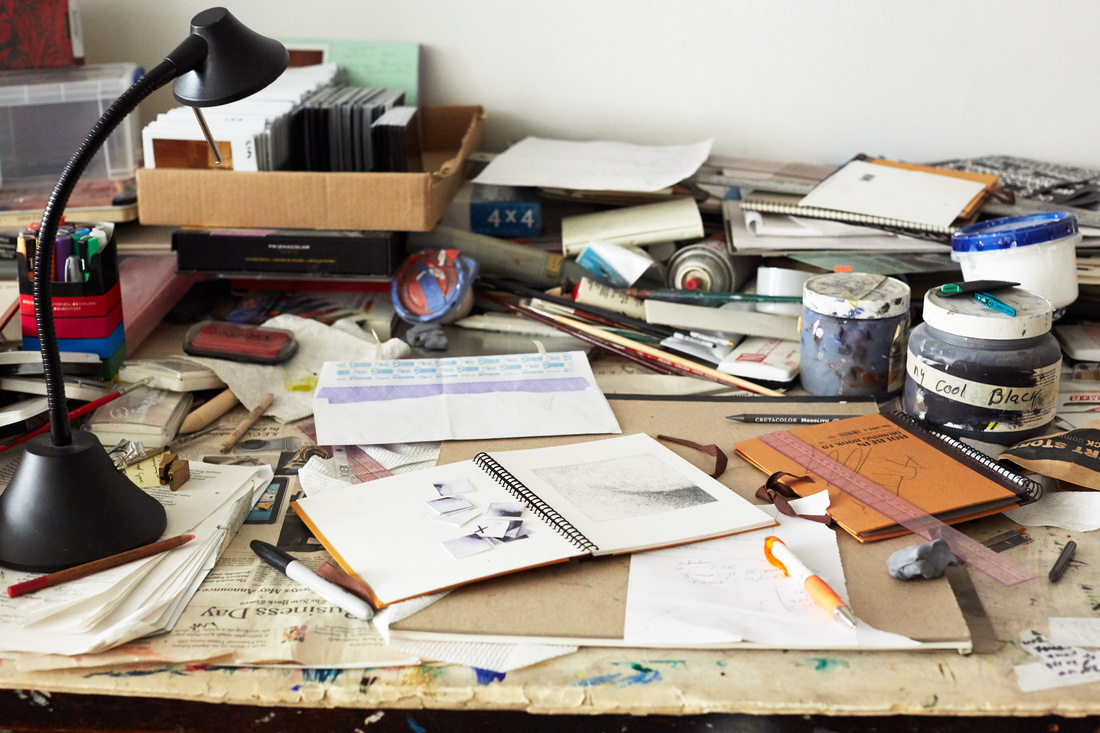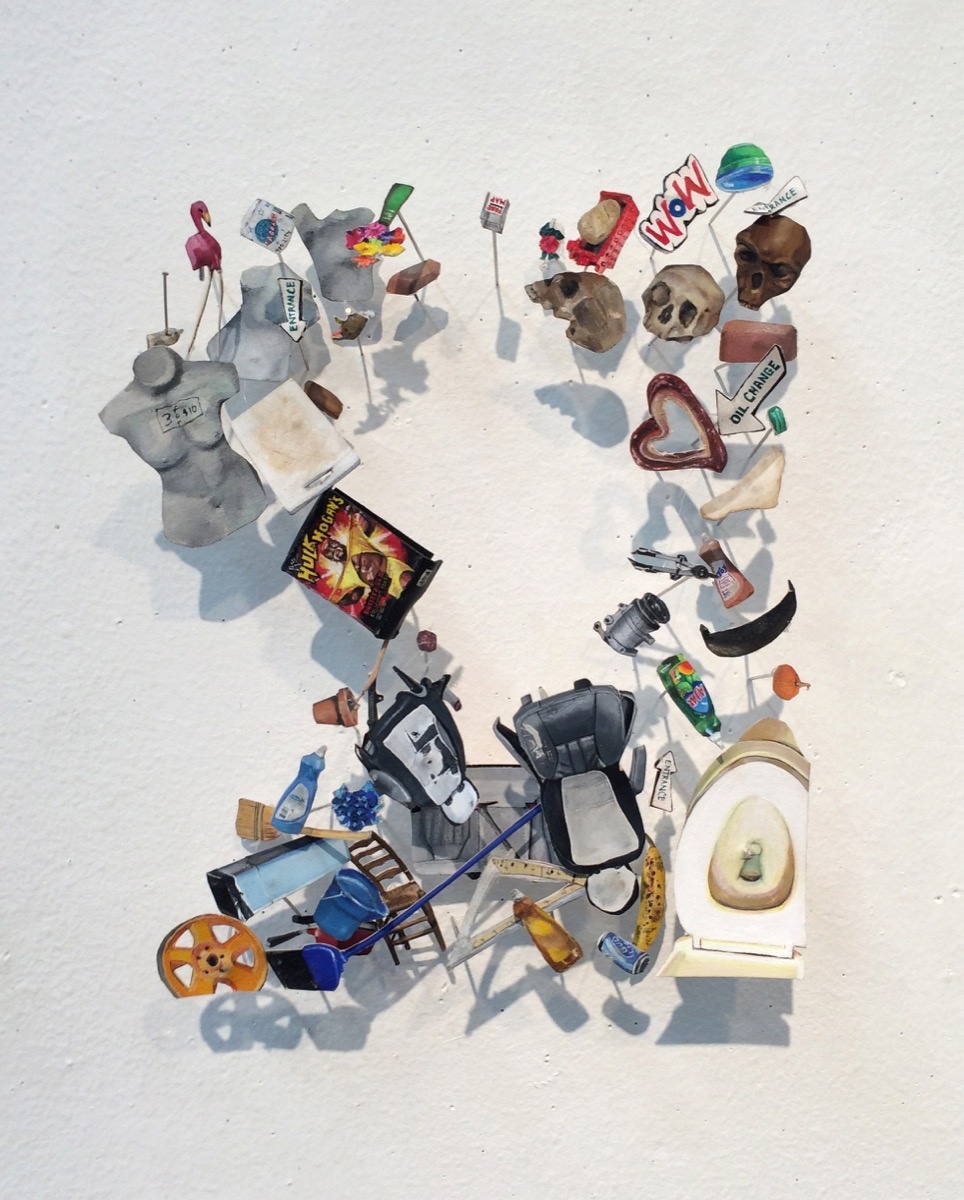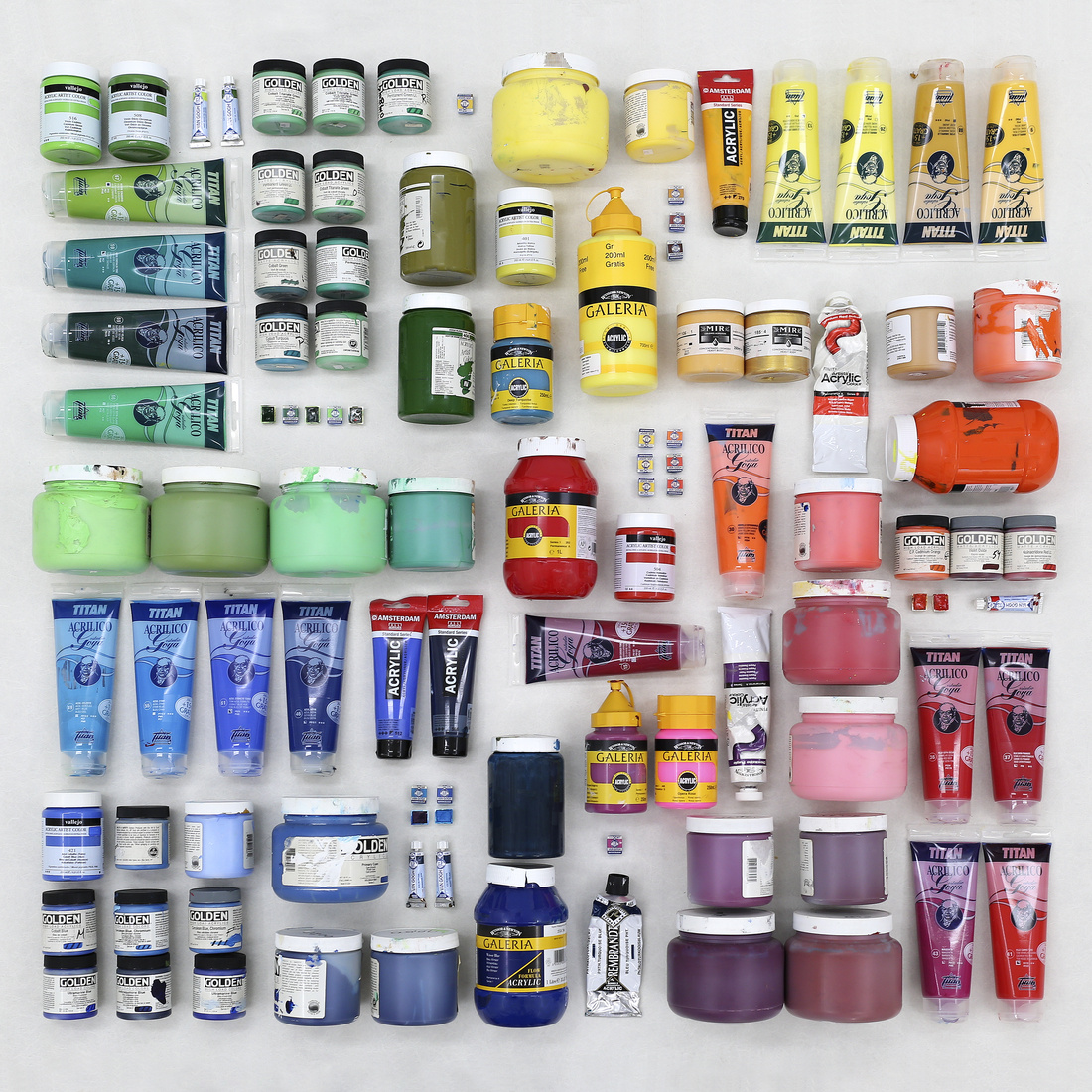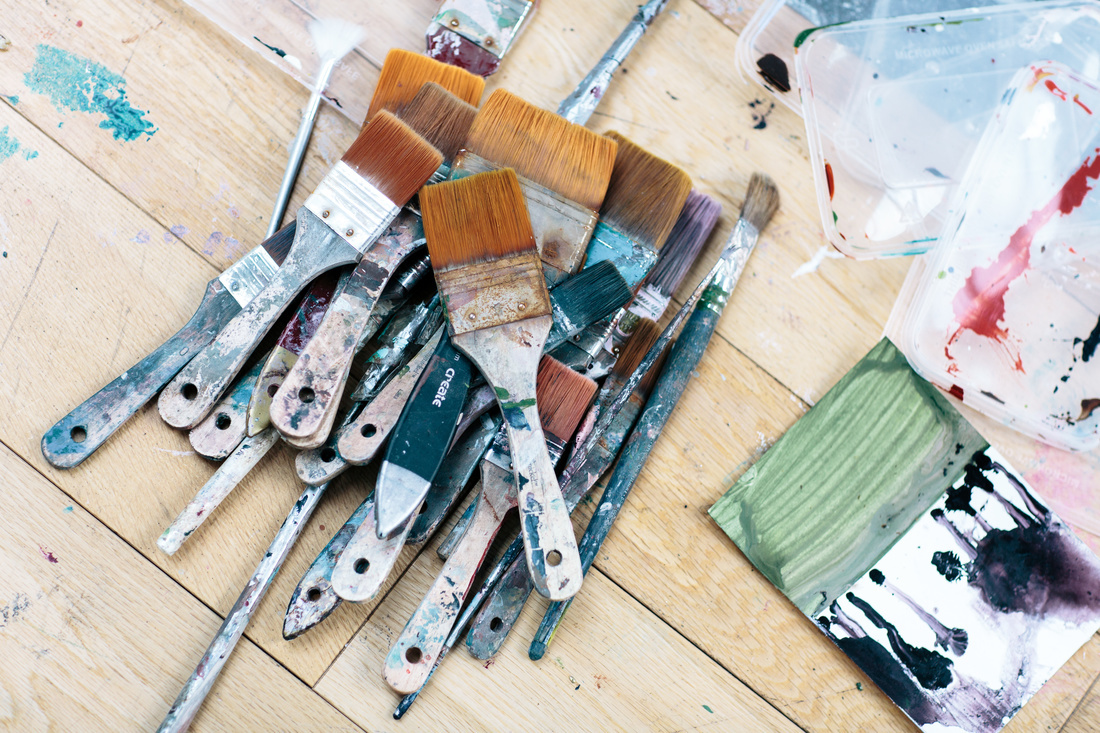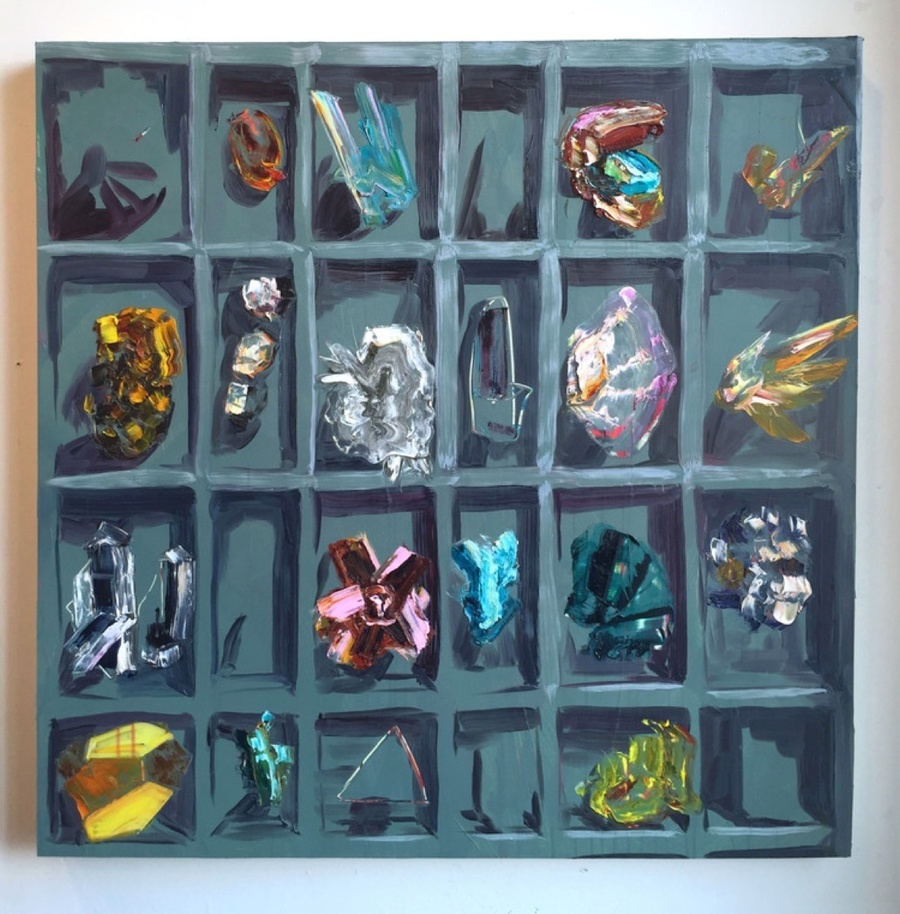5 Essential Tips for Collecting Photography
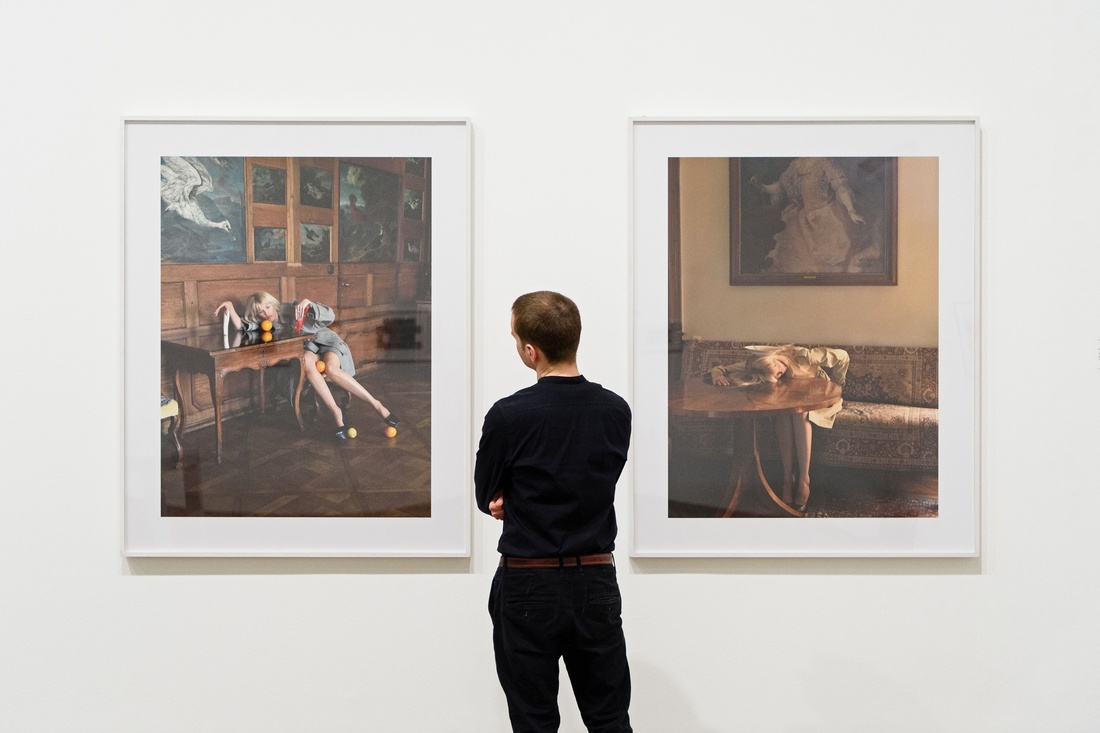 A man looks at artworks entitled 'Untitled (Claudia Schiffer series)' by Austrian artist Erwin Wurm, displayed at the 'Performing for the Camera' exhibition at the Tate Modern gallery in London on February 16, 2016. Photo by LEON NEAL/AFP/Getty Images.
A man looks at artworks entitled 'Untitled (Claudia Schiffer series)' by Austrian artist Erwin Wurm, displayed at the 'Performing for the Camera' exhibition at the Tate Modern gallery in London on February 16, 2016. Photo by LEON NEAL/AFP/Getty Images.
From a price-point perspective, photography is one of the more accessible mediums to collect. Enthusiasts looking to find and champion emerging photographers can often purchase several prints on a limited budget of a few thousand dollars, and even works by some of the most famous people to ever wield a camera can be snapped up for affordable sums, at least relative to their prestige and talent.
We asked experts for their tips for new collectors on navigating the market for photography.
Gut Punch
At the outset, guidance for collecting photography isn’t much different from what experts say about purchasing any work of art: Start with images you like, and that you think you’ll like for a long time. “Does it hit you in the gut?” asked Darius Himes, international head of photographs at the auction house Christie’s. Some collectors begin from a price point, others a time period, others a particular artist.
When it comes to amassing a larger collection, even professionals can be guided by their subconscious. “My husband noticed I kept buying things with airplanes in them,” said Laura Noble, a gallerist and author of The Art of Collecting Photography. Today, her “key collection” is of photographs with things that fly. Developing some direction for what to collect “keeps you reined in a little,” she said.
Understanding Editions
There is a difference between an image—say, the photographer’s JPEG file—and the print. Individual images are issued in an edition, which is the artist’s binding statement as to how many prints of that image will be made, said Himes.
“One thing people get hung up on is, what’s the “original” photograph?” said Caroline Deck, a photography specialist at the auction house Phillips. “There are many originals. Anything printed from the negative is an original photograph.”
Not all original photographs will cost the same amount, however. Different editions can have different numbers of prints. An edition of 50 and an edition of three are both “limited” but they’re not equal in terms of value. Generally, the smaller the number of prints in an edition, the more expensive they will be. (“You’re paying for exclusivity, after all,” said Noble.) The same image can have multiple editions in different sizes, and Noble recommends asking about the total number of copies across sizes that will be offered and sold.
Today, editions of even 25 prints are seen as relatively large while editions of around three to five are seen as small. It’s not always known how many prints of an image there are. Some photographers—particularly those working prior to World War II—didn’t edition their works. A photographer can also decide to sell her artist proof, generally defined as the first perfect print of a negative, once the print run of an edition sells out.
A print’s order within an edition doesn’t alter its price (excluding other factors, print number one isn’t more valuable than print number 1,000). That doesn’t mean all prints from the same edition will cost the same when they surface on the secondary market: As with all fine art, provenance plays a role in the price of photography. If a print is signed, that can also increase its value.
In photography, there is what Himes calls “the myth of infinite reproducibility.” But while there aren’t any laws preventing a photographer from simply printing more photos above the number in the limited edition, if they did, “that artist has ruined their career overnight,” said Noble. Further rarifying photography, some artists are even going so far as offer editions of just one single print, giving their work the same unique quality of fine art. And some artists like Adam Fuss and Christian Marclayuse photographic formats, such as cyanotype and daguerreotypes, that inherently create unique objects that are not reproducible.
A Vintage Print
One word you might hear used to describe a print is “vintage.” This doesn’t necessarily mean the print is old, and not all old prints are “vintage” (stick with me). Rather, “vintage” refers to prints created around the time the original negative was made. “Think of vintage as like wine, rather than something old,” said Noble. For example, “if the negative is from 1920 and the print was made around the same time, then that’s a vintage print,” said Himes.
There isn’t a universally agreed upon definition of what qualifies a print to be vintage. Noble said a print created within five years of the negative is generally considered vintage, but others might say the printing should be even closer to the creation of the negative. Deck also noted you might hear the term “early” instead of “vintage.” The key is to not let the nomenclature bog you down—check the print date and never trust that something is “vintage” just because you’re told that it is.
Prints can be created shortly after the negative (vintage), or after that but still during the life of the artist (modern prints), or even after the artist’s death (posthumous). Indeed, the proximity between a print and the negative is a significant determination of value—vintage prints are generally the most expensive. But this doesn’t make them the “best” in an artistic sense, nor does it mean that it’s not worth collecting. Himes noted that many museums keep posthumous estate prints in their collections.
Condition and Storage
As with any artwork, check the condition carefully. Damage to a photograph can include scratching, handling marks (those half-moon-shaped creases in the surface), and even color changes. Collectors who are drawn to older or “vintage” prints might have more tolerance for wear and tear, but if you’re collecting works by contemporary photographers, whose prints are often created only after they’re ordered, blemishes should be nonexistent.
If you want the photographs you buy to avoid damage, be sure to properly frame them. Sloppy framing can result in damage to a print over time, which may only become noticeable once you’re having the piece inspected before a sale. Certain glass glazes can also filter out the UV light that changes the color of the photograph. Framing may not seem like the most exciting part of buying a photograph, but it is among the most important.
—Isaac Kaplan
